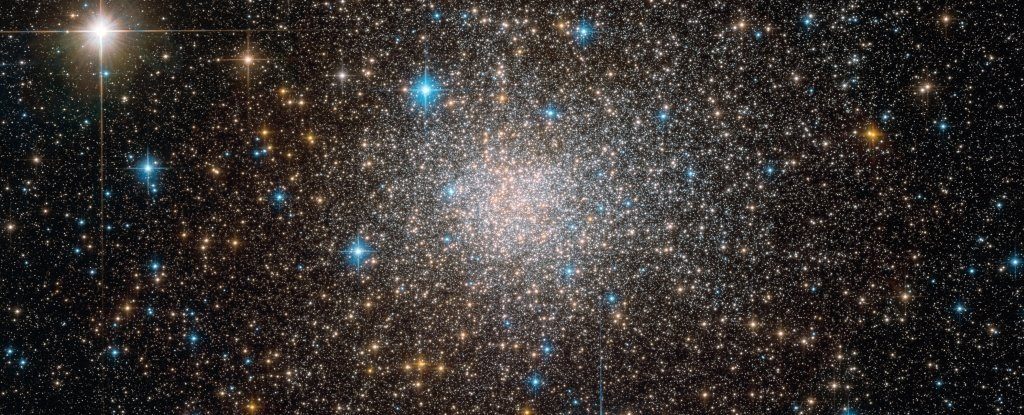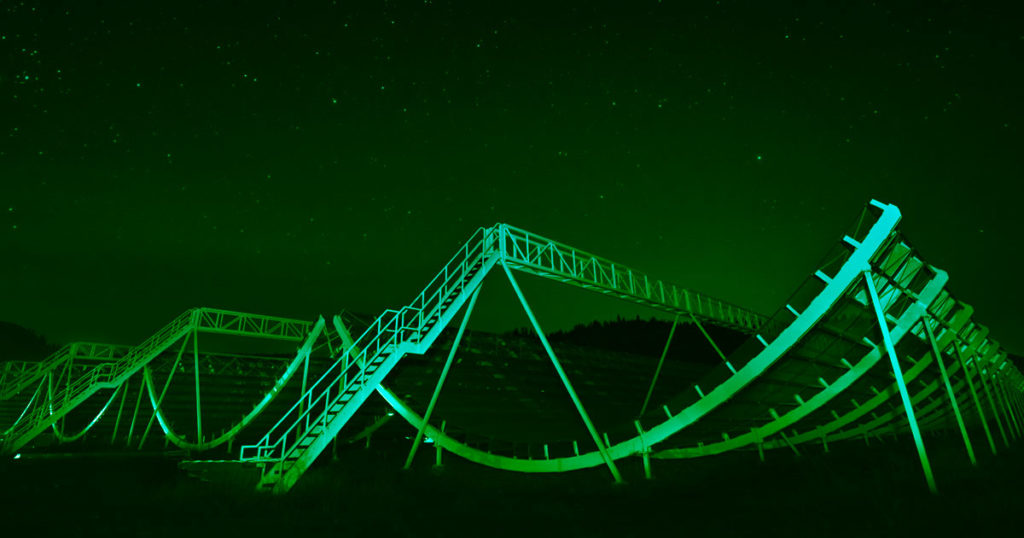SpaceX is set to dispatch its fifth group of Starlink web satellites on Monday, Feb. 17. Liftoff is booked for 10:05 Eastern (15:05 UTC) from SLC-40 at Cape Canaveral Air Force Station. The strategic element the quickest turnaround time to-date of a Falcon first stage promoter.
The main stage promoter during the current end of the week’s Starlink strategic sequential number B1056. The flight will be the center’s fourth strategic.
The sponsor’s latest dispatch was JCSAT-18/Kacific1, happening on Dec. 16 at 19:10 Eastern. In this way, under 63 days will have slipped by between the third and fourth flights of B1056.
This will be another first stage turnaround record for SpaceX.
The organization’s past record was a 72-day turnaround of Block 4 promoter B1045 between the TESS and CRS-15 missions for NASA in 2018.
A 63-day turnaround will draw SpaceX nearer to the present unequaled record for an orbital-class dispatch vehicle. Space Shuttle Atlantis is the present record holder, with just 54 days between the dispatches of STS-51J and STS-61B.
With SpaceX showing signs of improvement at reusing rockets, it is apparently just a short time before the organization beats Atlantis’ record.
SpaceX propelled B1056 just because with the CRS-17 dispatch on May 4, 2019. The promoter’s subsequent flight was then the CRS-18 strategic July 25. Following CRS-18, the promoter went on an a while long break, until it flew again on Dec. 16 with the JCSAT-18/Kacific 1 crucial.
The break in the activity was because of SpaceX’s light dispatch show in the second 50% of 2020.
SpaceX is rapidly increase the sending of the Starlink group of stars in 2020 – prompting an a lot higher dispatch rhythm over the coming months. Quick turnaround times between flights are a key for the organization’s capacity to execute its bustling show.
SpaceX is wanting to dispatch around two Starlink missions for every month throughout the year. It effectively accomplished that rhythm in January, yet climate related deferrals with the latest trip on Jan. 29 have caused a domino impact, which will see only one Starlink dispatch in February.
Monday’s dispatch will happen from Space Launch Complex 40 (SLC-40) at the yet to be renamed Cape Canaveral Air Force Station. With the ongoing production of the Space Force, Cape Canaveral Air Force Station will before long become Cape Canaveral Space Force Station. This change is required to happen inside the following 30 days.
While SLC-40 has been utilized to dispatch the entirety of SpaceX’s Starlink missions so far, the organization will before long start flying Starlink missions from Pad 39A at Kennedy Space Center too.
The first Starlink dispatch to use Pad 39A is as of now set for early March.
Mondays’ crucial known as the “fifth launch of Starlink satellites,” as per SpaceX in their open correspondences. The organization doesn’t utilize a “Starlink-5” or comparable wording to recognize the Starlink dispatches.
Inside, the Feb. 17 crucial known as “Starlink V1.0-L4,” speaking to that the dispatch is the fourth dispatch of rendition one satellites.
The main dispatch of Starlink satellites was referred to inside as “Starlink V0.9,” as that strategic’s varied somewhat from the full creation form.
With 60 satellites flying on each Starlink crucial, absolute number of rocket in SpaceX’s web group of stars will ascend to 300 with the dispatch on Feb. 17.
There is at present a generally safe that recuperation climate will be unsatisfactory for a dispatch on Monday, as indicated by an official estimate distributed by the 45th Space Wing. Recuperation climate conditions made the dispatch slip to Feb. 16, after initially being planned for Feb. 15.
An issue with a second stage valve at that point made the dispatch be rescheduled for Feb. 17.
The essential worry for a dispatch on Monday is upper-level breeze shear. There is a moderate hazard that it won’t be worthy for dispatch, as per the climate gauge.
Recuperation climate conditions – which have been hazardous for past Starlink dispatch endeavors – are not expected to be an issue on Feb. 17.
Each satellite weighs around 260 kilograms for an absolute payload mass of 15,600 kilograms.
Soon after division, the initial 20 satellites will start raising their circles to the operational elevation of 550 kilometers. The 20 shuttle will involve one of three orbital planes being loaded up with Monday’s dispatch.
The staying 40 satellites will move into two extra planes of 20 satellites each in the coming weeks.
SpaceX is filling whatever number orbital planes as could be allowed per dispatch with the goal that they can rapidly give dependable web inclusion. The organization wants to start administration to introductory clients inside a couple of months.
With the heavenly body, SpaceX would like to significantly expand access to fast web around the world. Clients will have the option to buy a pizza-sized dish to get rapid web from the satellites about anyplace on Earth.
Disclaimer: The views, suggestions, and opinions expressed here are the sole responsibility of the experts. No journalist was involved in the writing and production of this article.



